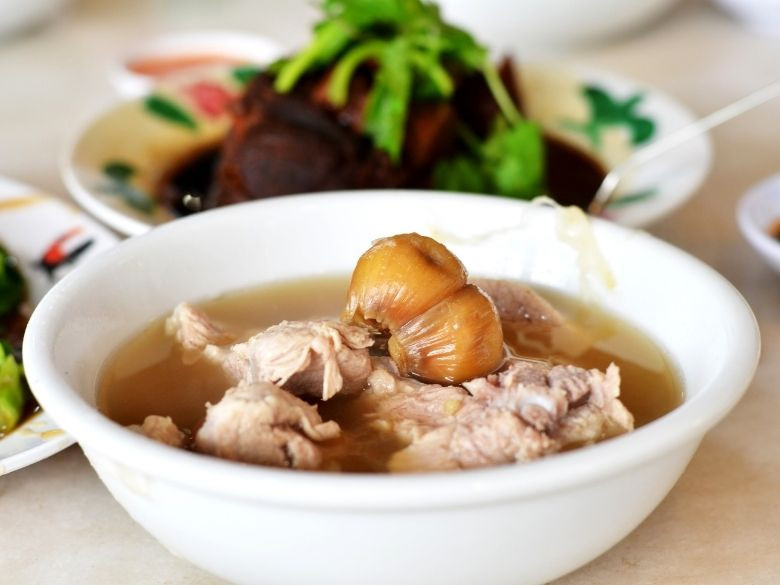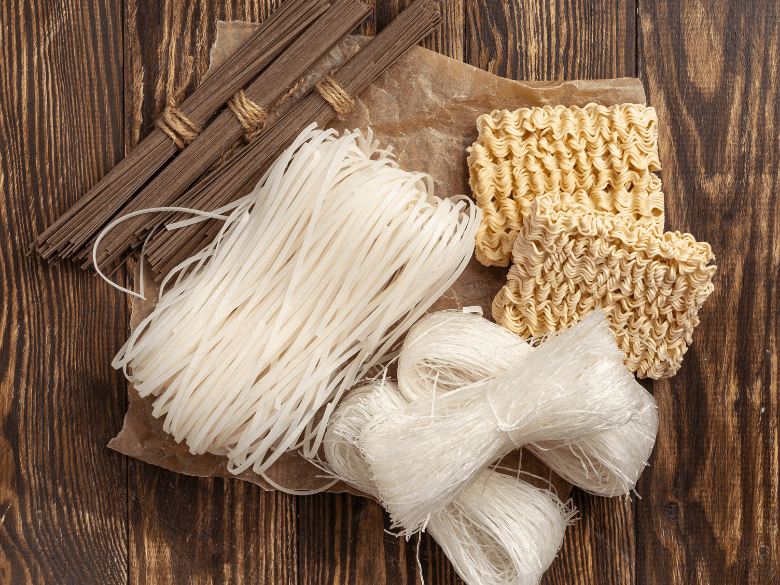The Most Unique Dishes You Should Try in Asia - HK/MY
Though most people in Asia consume rice and noodles as main dishes, how they cook with rice or noodles can vary distinctively in different countries. As many Asian countries have developed diverse cooking styles for rice and noodles, the dishes created can taste entirely different! Today let’s follow the WGP local guide to see what’s the most unique cuisine in every country!
Hong Kong
Claypot Rice / Bao Zai Fan
For those Hong Kongers who work or study abroad, claypot rice can best summon up nostalgic memories. The traditional recipe is to steam the rice on top of charcoal fire in a claypot, creating scorched - but never burnt - rice crust underneath. The best part of claypot rice obviously lies in the rice: absorbing all the extract from preserved sausages and pork ribs, the rice is then coated with sweet soy sauce, containing all the fragrance and juices of the ingredients atop. The slightly-caramelized crust at the bottom gives you a crispy and crunchy texture, making it an unforgettable dish for everyone who ever travels to Hong Kong.
Common types of claypot rice include preserved sausage and pork ribs claypot rice. Local people believe that claypot rice without preserved sausage is “soulless”, which means lack of flavor, and thus we can see how much sausage claypot rice values in Hong Kongers’ mind. Pork ribs, on the other hand, provide all the flavor and juices for the rice, preventing the rice from being dried out through the steaming process. As pork ribs absorb the caramelized fragrance from the rice, the combination of ribs and rice also make a good pair!
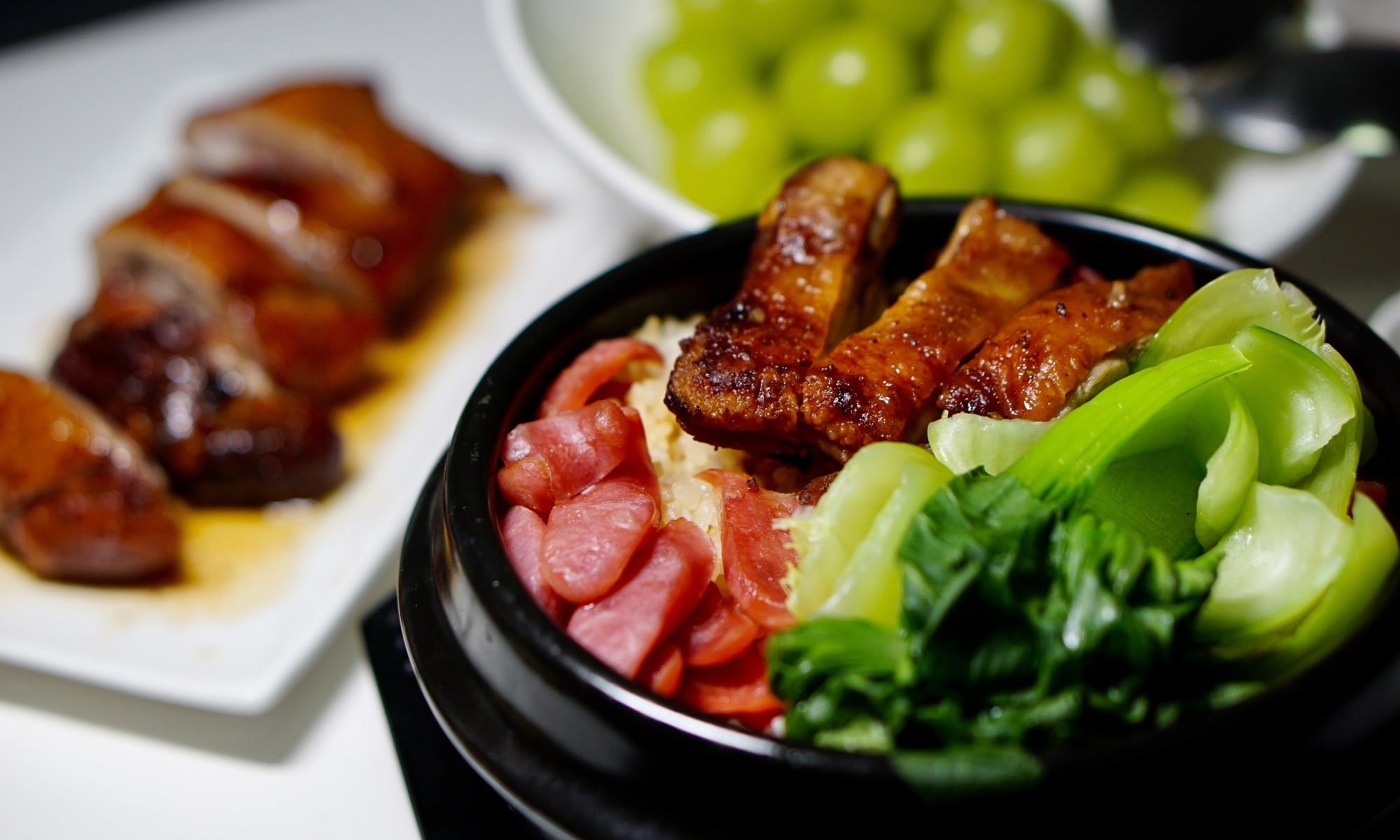
Rice Noodle Roll / Cheung Fan
In Guangdong, you can find rice noodle rolls literally everywhere: in a random breakfast stand, a common restaurant, or even a 5-star hotel! White as snow and thin as a paper, rice noodle roll is made from a combination of rice flour, tapioca, and water. The mixture is then steamed into rice noodle sheets and filled with beef, fish, shrimp, or char siu, folded together around 3-4 times, resulting in the rice noodle rolls we love today. Often topped with soy sauce while served, rice noodle rolls taste incredibly smooth and soft, and they can be served without any fillings. In the early age, rice noodle roll was so popular that it was nicknamed “Qiang Fan”, a dish you rush to buy or else you may get none!
Nowadays people put any type of fillings inside rice noodle rolls, such as eggs, meat, sausages, pork ribs, or anything they fancy. To make the flavor more diverse, you can put some sugar, spices, or peanut powder in soy sauce. If you favor stronger flavor, topping the rolls with garlic sauce, ketchup, or chili sauce is also a popular way to enjoy rice noodle rolls!
Malaysia
Nasi Kukus
Speaking about Malaysian food, most people first come up with Hainanese chicken rice or nasi lemak. But do you know nasi kukus? Travel to Malaysia and ask a local friend to take you to try nasi kukus, your friend may be surprised that you’re truly an expert of Malaysian food! Steamed twice in individual aluminum bowls, the rice of nasi kukus has a soft and fluffy texture. Pandan leaves are often placed in the steamer altogether, giving the rice a special fragrance and especially rich flavor.
Top the steamed rice with sambal chili paste, curry, and the signature shrimp paste “belacan”, classic nasi kukus should be super spicy and hot! To add a final touch, nasi kukus is best served with a crispy fried chicken! Presoaked in curry, salt, ginger, and some spices, the chicken is deep-fried to golden brown, giving an additional spicy kick to the whole dish!
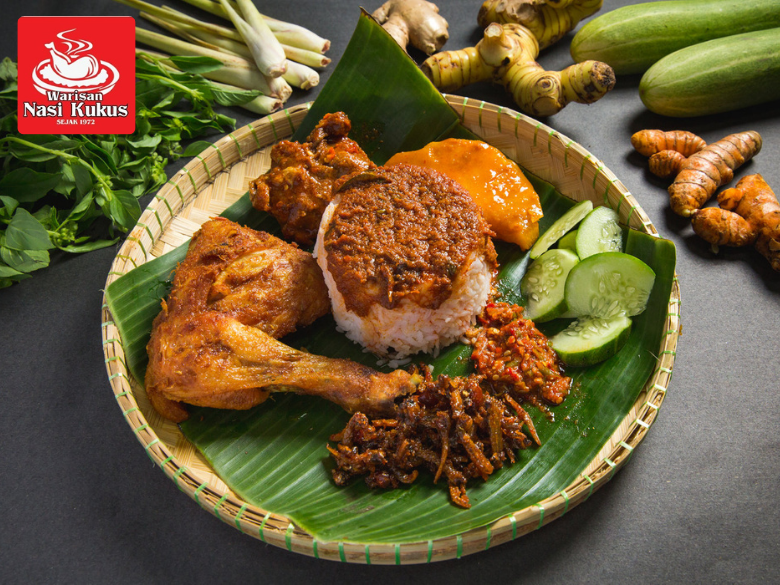
Laksa
Ranked as top 10 foods people must eat before they die, Laksa originated from the region of Southeast Asia and is a type of Nyonya cuisine. In Malay, laksa literally means curry noodles or spicy noodles, and it has developed into many variations in different parts of Southeast Asia. The most common types are curry laksa and asam laksa.
Curry Laksa
Curry laksa is a mix of coconut milk, curry paste, lemon leaves, lemongrass, and other herbs, which altogether give the broth a hint of sweetness from coconut milk and a spicy taste of herbs. Chicken, shrimp, fish, and bean sprouts are usually added on top of the soup to provide a refreshing texture, making it a best dish to lift your appetite in a hot summer!
Asam Laksa
The main flavor of assam laksa is sour and spicy, as assam in Malay means sour. Unlike curry laksa, assam laksa doesn’t contain coconut milk. Mostly using fish as the broth base, assam laksa soup is nicely balanced with laksa leaves, galangal, onions, and shrimp paste. On top of above ingredients, tamarind is added to bring up sour flavor, resulting in the most unique combination of sweet, sour, and spicy taste. If you prefer sweeter soup, you’re also recommended to put some shrimp paste before eating!
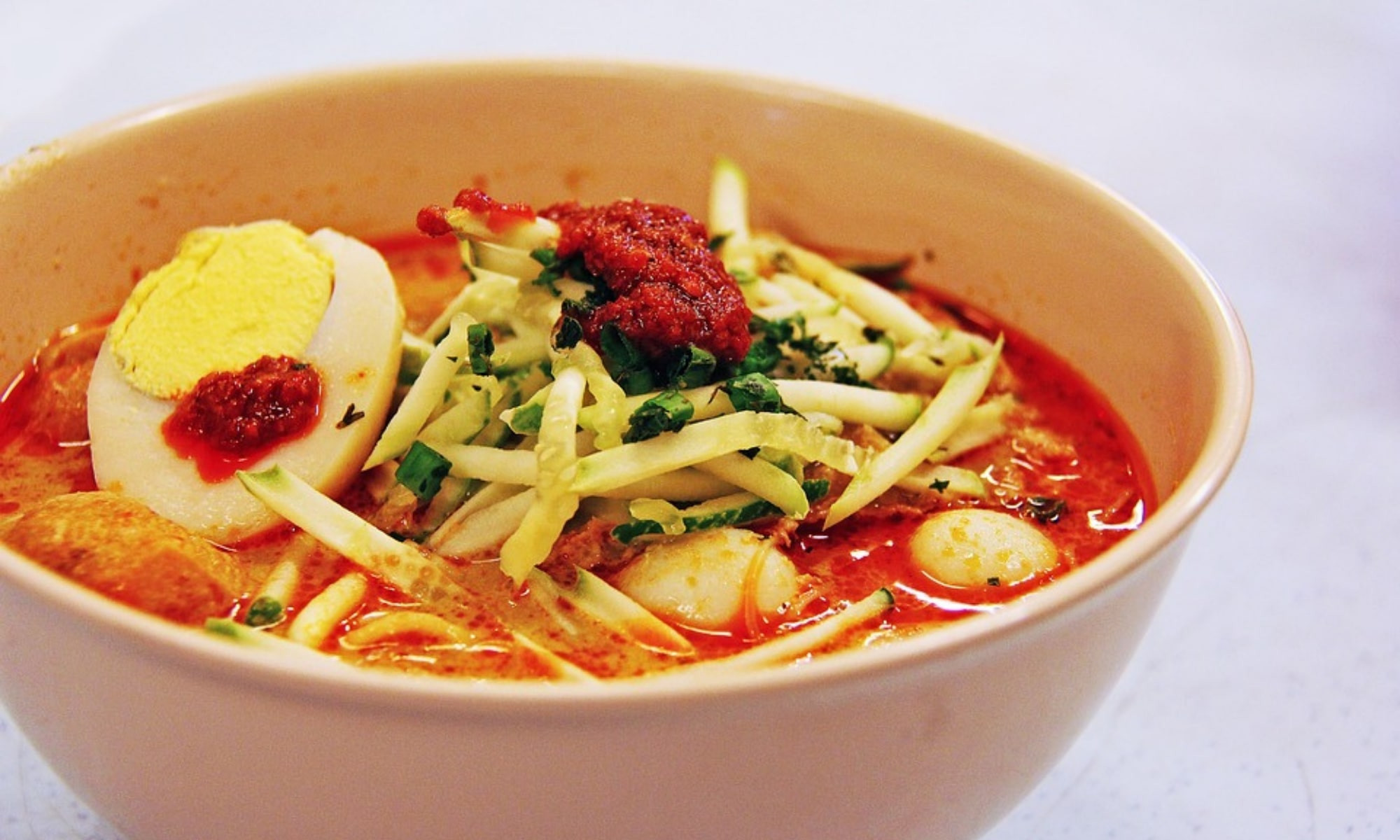
How do you like our local recommendation of foods in different countries? Remember to follow us for the next episode of this series!


